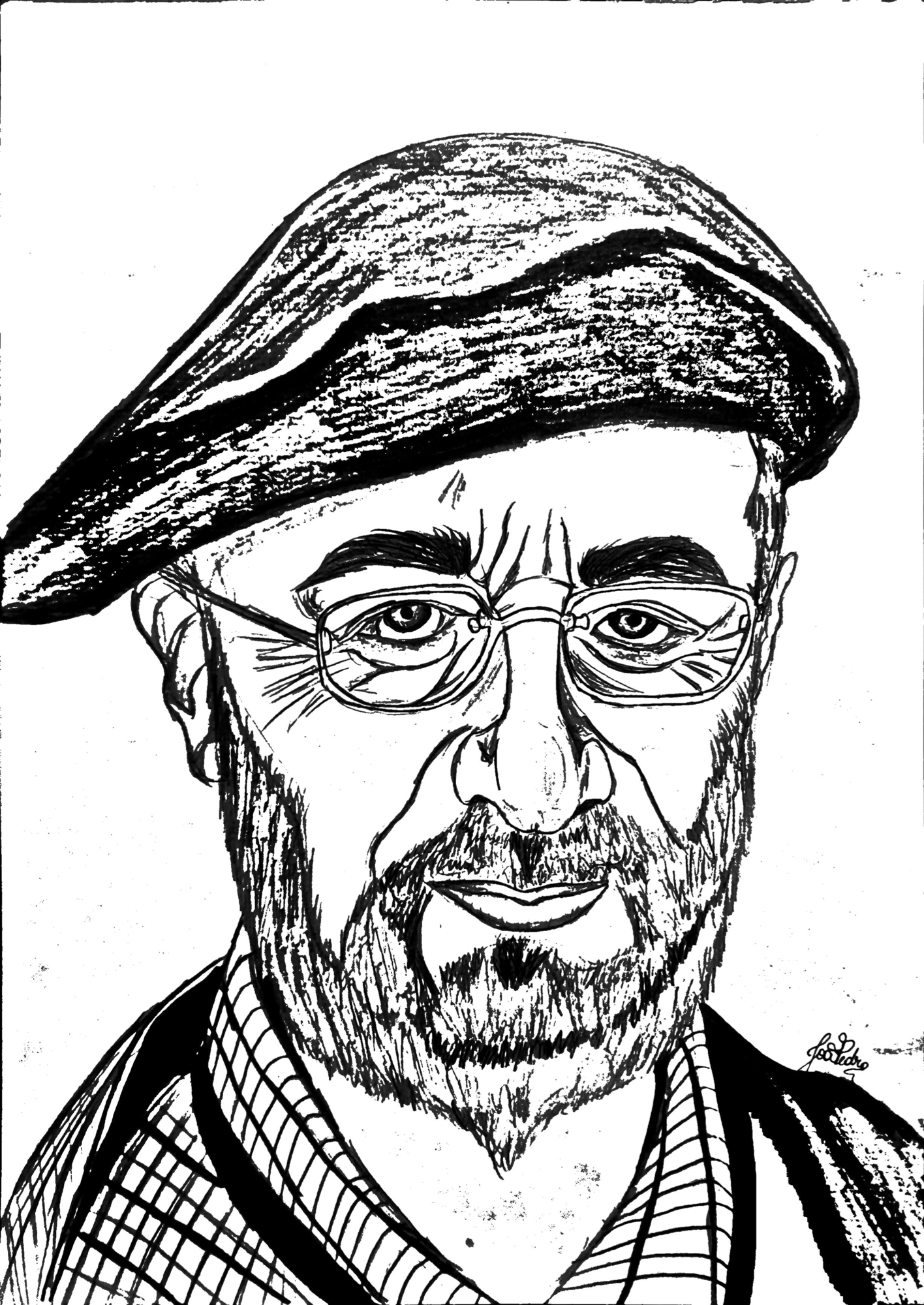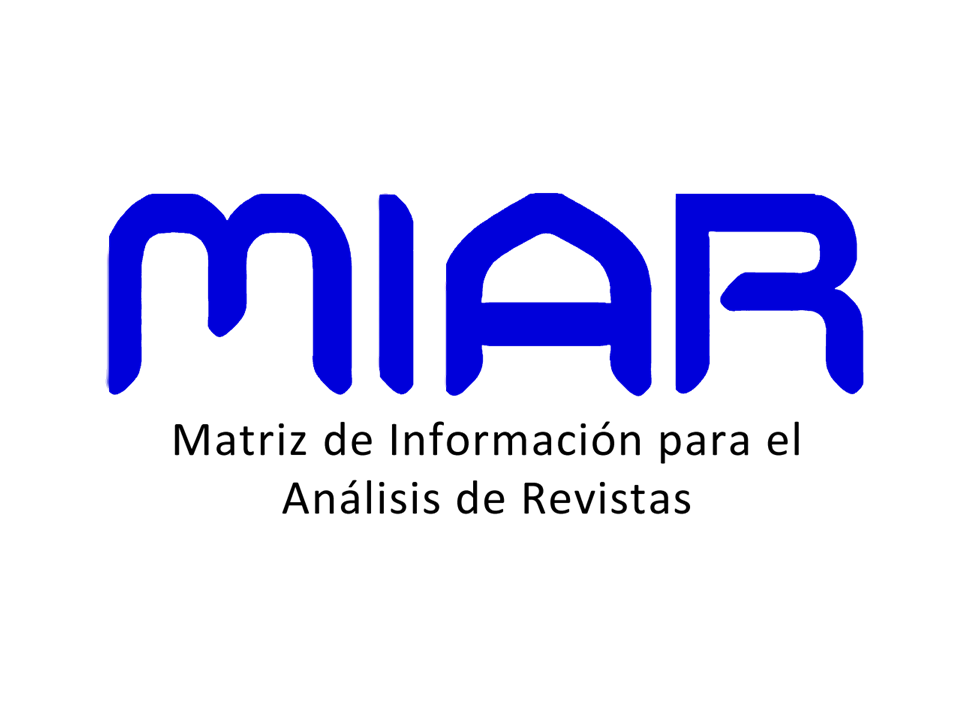THE MATERIALIZATION OF LINGUISTIC BELIEFS IN THE COMPOSITION OF THE LINGUISTIC LANDSCAPE OF BAR MENU
A CASE STUDY
Keywords:
Language policy., Linguistic beliefs., Menu., Foreign languages.Abstract
The plurality of languages is increasingly present in society, especially due to globalization, which affects not only educational linguistic policies, but the way in which individuals interact with each other through this linguistic diversity. Considering this reality, this work seeks to expand the discussion by Nascimento and Silva (2021) and its main objective is to understand how the linguistic beliefs of bar owners materialize in the textual genre menu. To do this, we are based on the theoretical-methodological assumptions of Language Policy, specifically on linguistic beliefs (Spolsky, 2004; 2009). Regarding methodological aspects, this is a qualitative research (Denzin; Lincoln, 2006) with an interpretive nature (Lin, 2015) and is configured as a case study (Gil, 2008), since we analyzed and compared a bar menu and a virtual written questionnaire, which was answered by one of the owners of a bar located in the city of João Pessoa-PB. Through this study it was possible to verify that the use of foreign languages, with a predominance of English, is present in the creation of the menu, a textual genre influenced by the public domain of the bar, as well as by the domain of the area of Gastronomy. The linguistic beliefs behind this use are three: foreign language as a form of identity representation for commercial establishments, according to the segment; as a way of representing cultural diversity; and as a form of respect for the culture of origin of a product. It was also possible to verify that the Portuguese language was used as a means of identifying the establishment's own origin, which is Brazilian. Such data prove both the great impact of globalization on linguistic plurality, and the fact that linguistic uses have as their main intention to meet the communicative purposes of speakers and the social groups in which they are inserted.










